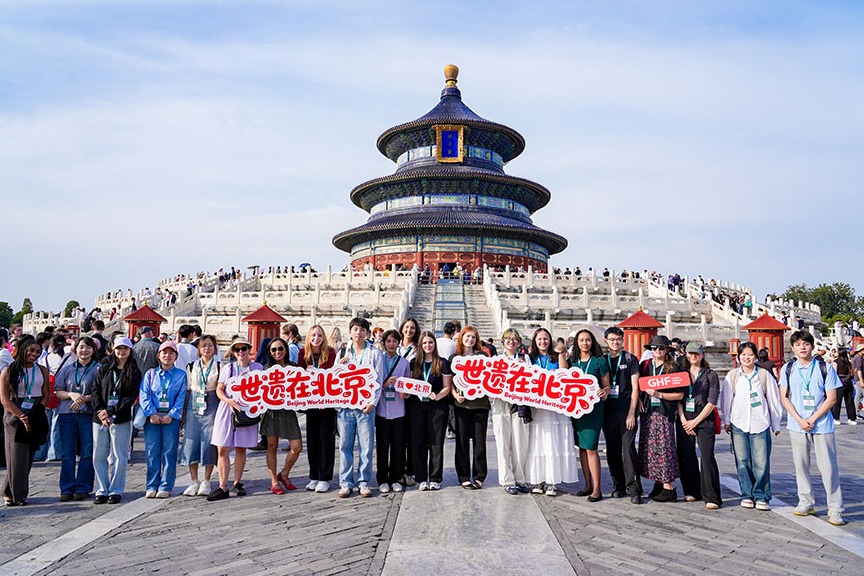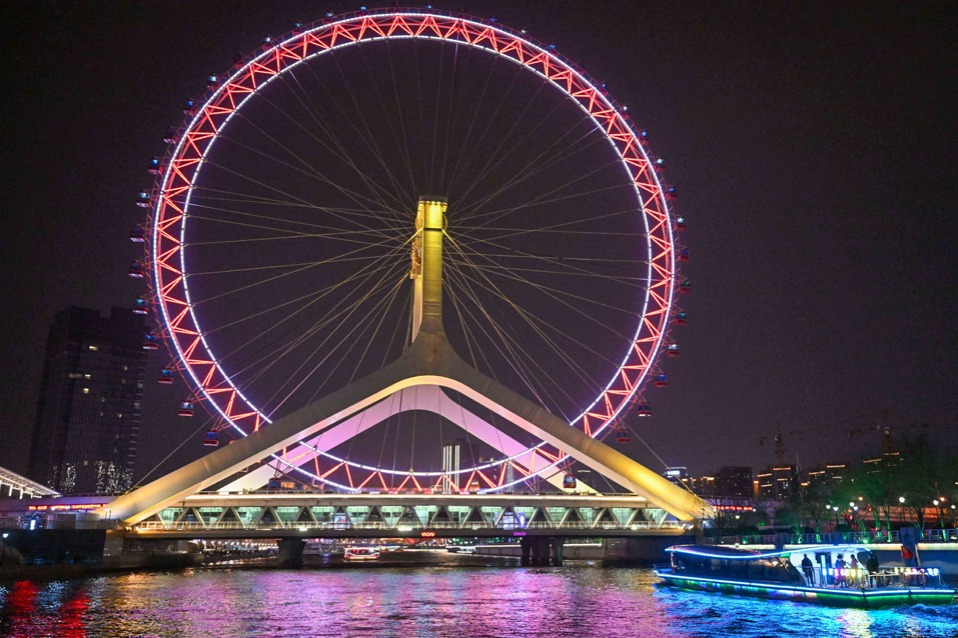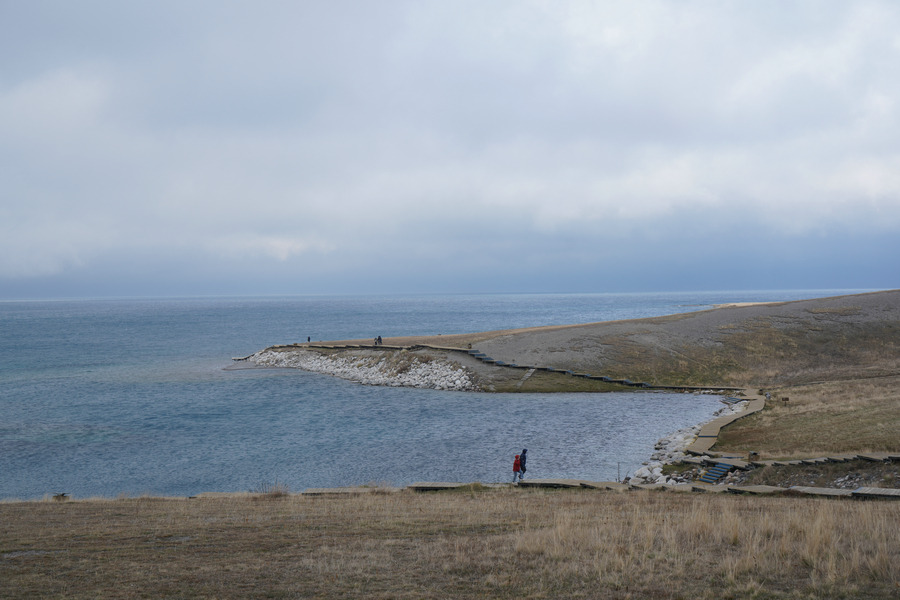China reports strong progress in culture and tourism

China has made significant achievements in cultural and tourism development during the 14th Five-Year Plan period (2021–25), said Minister of Culture and Tourism Sun Yeli, at a press briefing on Sept 29.
Achievements are evident across flourishing cultural works, expanding public services, advanced heritage protection, thriving industries, and deepened international exchanges, Sun pointed out. ?The sector has achieved both cultural prosperity and tourism recovery, contributing to high-quality economic and social development and meeting people's growing needs for a better life, he said.
In 2024, China's cultural industries generated 19.14 trillion yuan in revenue, up 37.7 percent from 2020, with 78,000 major cultural enterprises operating nationwide. Tourism rebounded strongly after the pandemic. In the first half of 2025, domestic tourists made 3.285 billion trips and spent 3.15 trillion yuan, both record highs, according to Sun.
Integrated "culture plus tourism" development has fueled demand for heritage tours, red tourism, study tours, and live performances, while cross-sector synergies with commerce, sports, and agriculture have expanded jobs and consumption, he said.
Major art productions, such as the large-scale stage epic The Great Journey commemorating the 100th anniversary of the Communist Party of China in 2021, have resonated strongly with audiences. Similarly, projects like the dance poem drama A Tapestry of a Legendary Land have blended traditional aesthetics with contemporary appeal, packing in audiences. Since 2021, the dance drama has been staged more than 800 times.
The China National Arts Fund has supported more than 3,500 projects, while public events, including national art festivals and fine arts exhibition have brought high-quality cultural works to the people, Sun noted.
Public services now cover both urban and rural areas, significantly enhancing visitor experiences. By the end of 2024, the country had more than 3,200 public libraries, nearly 44,000 cultural centers, and more than 40,000 new cultural spaces nationwide.
Smart libraries and cloud platforms now deliver services directly to the people. Popular cultural activities like village galas, folk songs, and square dancing are thriving. Tourism services have also improved, with about 150,000 toilets newly built or renovated under the toilet revolution, Sun said.
Additionally, cultural relic protection, archaeology, and museum reforms have all advanced, supported by the revised Cultural Relics Protection Law and the fourth national cultural relics census, Sun said.
Intangible cultural heritage protection has also strengthened, with 325 new national-level projects and 942 newly recognized inheritors, he added.
Beijing's Central Axis, Xixia Imperial Tombs in Northwest China, Chinese tea culture, and the Spring Festival were recently inscribed on UNESCO heritage lists. China now has 60 World Heritage sites and 44 ICH items. Policies on visas, payments, and tax refunds have been optimized to attract more inbound visitors. The campaigns "Travel in China" and "Shopping in China" are becoming new global trends, Sun said, showcasing both the appeal of Chinese culture and the country's openness.

































